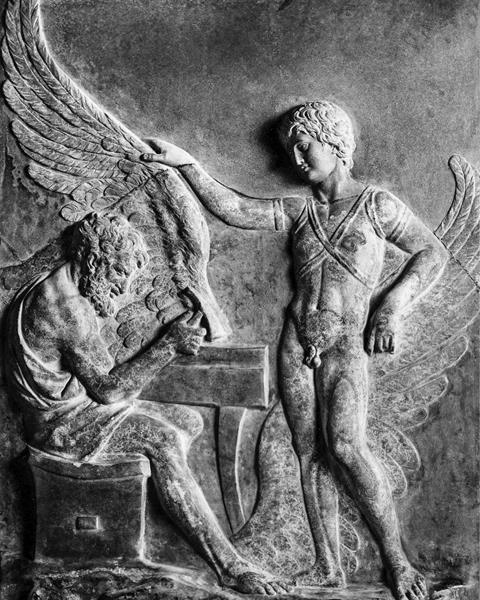
A unique Hebrew inscription discovered in 2018 continues to excite epigraphers and historians of the Second Temple period. Dated to the Herodian period (late first century BCE–first century CE), it provides one of the first archaeologically attested full spellings of the name Yerushalayim (Jerusalem) as it is pronounced in Hebrew to this day.1 However, it is not the only remarkable thing about the inscription.
The short, three-line inscription, which is incised on a limestone column, reads hnnyh br dydlos myrwšlym, “Hananiah son of Daedalus, from Jerusalem.” Who was this Hananiah? And even more intriguingly: Why did this Jewish man identify his lineage with the name Daedalus, the famous inventor and artisan from Greek mythology?
The salvage excavation that uncovered the inscription, less than 2 miles northwest of Jerusalem’s Old Citya, also identified the remains of a pottery workshop that operated from the second century BCE to the second century CE. Following the destruction of the Temple in 70 CE, the facility was supervised by the Tenth Roman Legion and produced both vessels and building materials such as roof tiles and bricks. According to archaeologists, local Jewish craftsmen, artisans, and potters continued the production, preserving the requisite technology and sources of raw materials.
Already a library member? Log in here.
Institution user? Log in with your IP address.

